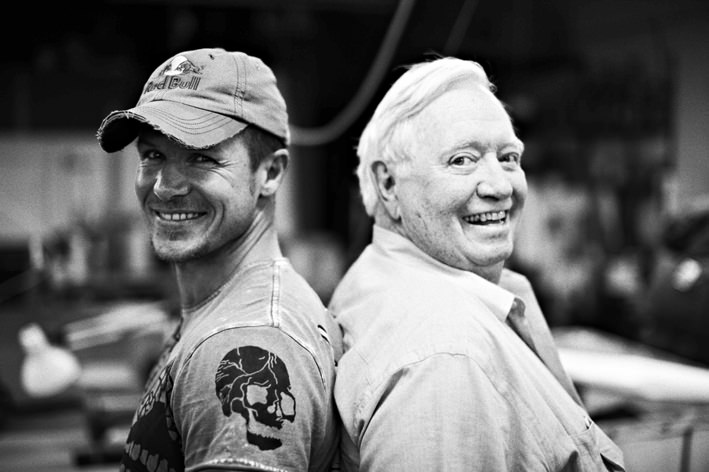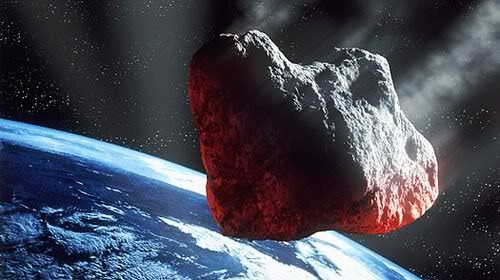[/caption]
An attempt to reach supersonic speeds during freefall has hit a snag as a promoter who says the stunt was originally his idea has filed a lawsuit against the Red Bull Stratos team. Daniel Hogan claims he pitched the idea of breaking a 50-year old freefall record to Red Bull in 2004, and that Red Bull said they weren’t interested, but later, the company went forward with the idea. Hogan has filed a multi-million dollar lawsuit against the energy drink company, prompting Red Bull to stand down with the record-breaking attempt until the issue can be resolved.
Red Bull issued this statement today:
“Despite the fact that many other people over the past 50 years have tried to break Colonel (Ret.) Joe Kittinger’s record, and that other individuals have sought to work with Red Bull in an attempt to break his record, Mr. Hogan claims to own certain rights to the project and filed a multimillion dollar lawsuit earlier this year in a Californian court. Red Bull has acted appropriately in its prior dealings with Mr. Hogan, and will demonstrate this as the case progresses. Due to the lawsuit, we have decided to stop the project until this case has been resolved.”
Austrian Skydiver Felix Baumgartner had been scheduled to jump from a balloon at 120,000 feet and attempt a freefall jump that would, for the first time, reach supersonic speeds as well as, Red Bull says, deliver valuable scientific data. If successful, it would break a record set in 1960 by US Air Force captain named Joe Kittinger when he jumped from 31,000 meters (102,800 feet). His jump contributed valuable data that provided ground work for spacesuit technology and knowledge about human physiology for the US space program. There have been several attempts to surpass Kittinger’s record, but none have succeeded, and people have given their lives for the quest.
Kittinger has been supportive of Baumgartner’s attempt and appeared in this video with him.
Hogan says he pitched the idea to Red Bull as a “marriage of daredevil, record-breaking ‘stuntsmanship’ and cutting-edge technology.” After a year of talks, during which Hogan says Red Bull executives encouraged him to reveal the minutest details of the project, the company backed out.
In January this year, Red Bull announced the Red Bull Stratos dive, which Hogan said is precisely the project he pitched except for two things: the name was been changed and he was cut out of it.
Earlier this year, Hogan sought an injunction to halt the project, disgorgement of any profits and punitive damages. He also sought a declaration that Red Bull has certain, specific duties to him.
In his complaint in Los Angeles Superior Court, Hogan claims the daredevil stunt would be worth $375 million to $625 million in advertising to any corporate sponsor.
Hogan claims his proposed dive would be made from 130,000 feet. He also said he had assembled a team that included Per Lindstrand, who holds the hot-air balloon altitude record, Dr. Coy Foster, a former NASA flight surgeon, Dr. Steve Lingard, an expert in the aerodynamics of the human body, filmmaker Slim McDonald, and a Russian company that agreed to develop the spacesuit.
Hogan claims that in meetings, emails and other communications Red Bull received specifications for the gondola to be used, the spacesuit, the timeline for developing and testing the equipment, and a list of potential corporate partners.
But on Oct. 13, 2005, Hogan says the company sent him an email stating that “after a very detailed investigation of your proposal, we finally came to the conclusion that we would not like to continue our joint work on the space Dive project.”
Hogan says Red Bull never acknowledged his idea nor has it offered to compensate him for his contributions or sought permission to use information that he disclosed in confidence.
Sources: Red Bull Stratos, Courthouse News Service


